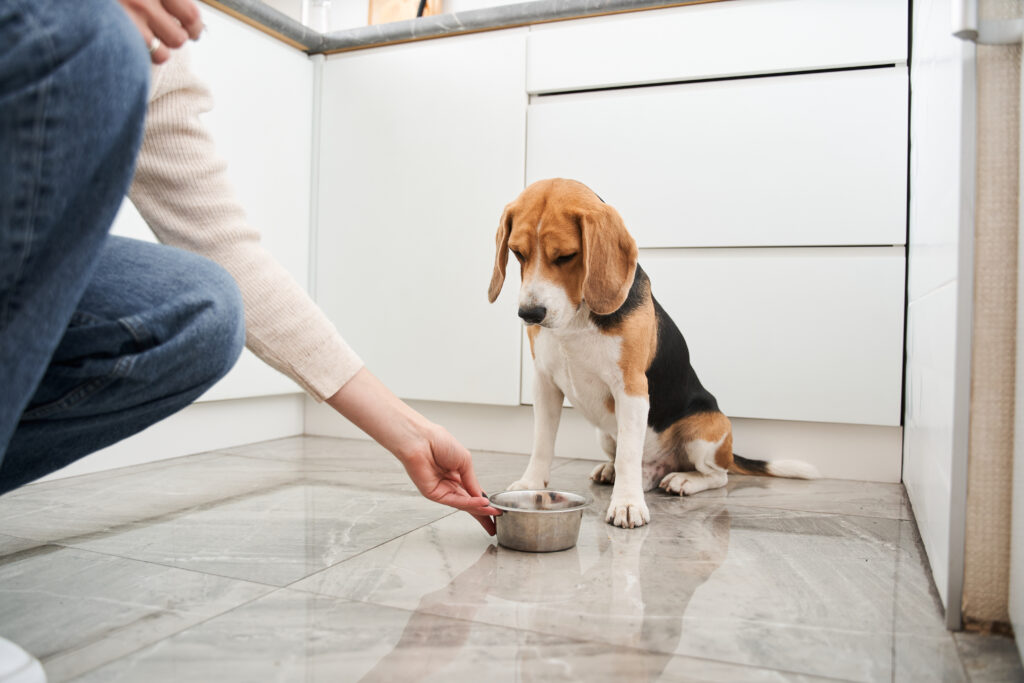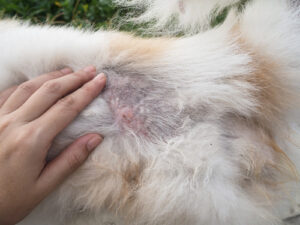It’s frustrating when your dog eagerly gobbles up treats but won’t touch their regular food. This common issue may leave you worried about your pet’s health. In this blog, we’ll explore several reasons why this might happen and offer some solutions to get your dog back on track. If you need personalized advice, call Arvada Veterinary Hospital in Arvada, Colorado at (303) 424-4439 or make an appointment online.
Your Dog Might Be a Picky Eater
Some dogs develop picky eating habits over time. If your dog refuses to eat their regular food but enjoys treats, they might just be being selective. Dogs, like people, can have food preferences and may decide they don’t like the taste or texture of their food.
How to Handle Picky Eating
To address picky eating, try mixing a small amount of wet food with dry food to make it more appealing. You can also try a different brand or flavor of dog food. Sometimes, adding a little bit of warm water to dry kibble can enhance the aroma and make it more enticing for your dog. Always introduce new foods gradually to avoid stomach upset.
Your Dog Could Be Experiencing Stress or Anxiety
Stress and anxiety can significantly impact a dog’s eating habits. Changes in the household, a new pet, loud noises, or even your absence can cause stress for your dog. When stressed, dogs may refuse to eat their regular food but might still eat treats because they’re seen as high-reward items.
Identifying Stress in Your Dog
Look for signs of stress in your dog, such as panting, pacing, excessive licking, or hiding. If you suspect stress is the cause of your dog’s eating habits, try to identify and minimize the stressors. Providing a calm and consistent environment can help. In some cases, you might need to consult with your veterinarian or a pet behaviorist for additional support.
Your Dog Might Be Sick
If your dog suddenly stops eating their regular food but will eat treats, it could indicate an underlying health problem. Dental issues, gastrointestinal problems, or other medical conditions can cause a loss of appetite for regular food while leaving the desire for treats intact.
Signs of Illness to Watch For
Monitor your dog for other signs of illness, such as vomiting, diarrhea, lethargy, or changes in behavior. If you notice any of these symptoms, it’s essential to take your dog to the vet as soon as possible. Call Arvada Veterinary Hospital at (303) 424-4439 to schedule an appointment and get a proper diagnosis and treatment plan.
Your Dog May Have Dental Issues
Dental problems can make eating regular food painful for your dog. Treats, especially soft ones, might be easier for them to chew, which is why they prefer them. Dental issues can include gum disease, broken teeth, or oral infections.
Checking for Dental Problems
Check your dog’s mouth for signs of dental issues, such as bad breath, swollen gums, or missing teeth. Regular dental check-ups and cleanings are crucial to maintaining your dog’s oral health. If you suspect dental problems, contact Arvada Veterinary Hospital to have your dog’s teeth checked and treated if necessary.
Your Dog Could Be Bored with Their Food
Dogs can get bored with their food, especially if they’ve been eating the same thing for a long time. Treats are often more exciting because they come in different flavors and textures, making them more appealing.
Introducing Variety to Your Dog’s Diet
To combat food boredom, consider rotating different types of high-quality dog food. You can also try adding safe fruits and vegetables to their meals for added variety. Just make sure to research which foods are safe for dogs and avoid any that could be harmful.
Your Dog Might Be Manipulating You
Dogs are smart and can quickly learn how to get what they want. If your dog knows that refusing to eat their food will result in more treats, they might be using this tactic to get their way.
Setting Healthy Boundaries
It’s important to set boundaries and stick to a feeding schedule. Offer your dog their regular food at meal times and remove it after 15-20 minutes if they haven’t eaten. Avoid giving them treats between meals to encourage them to eat their regular food. Consistency is key to breaking this habit.
Your Dog Could Have a Change in Routine
A change in your dog’s routine, such as a new feeding schedule, can affect their eating habits. Dogs thrive on routine, and any disruption can cause them to lose interest in their regular food.
Adjusting to Routine Changes
If a routine change is unavoidable, try to make the transition as smooth as possible. Gradually adjust feeding times and keep other aspects of their routine consistent. With time, your dog should adapt to the new schedule and resume eating their regular food.
Your Dog’s Food Might Be Spoiled
Dogs have a keen sense of smell and can detect when their food is spoiled. If the food has gone bad, they will likely refuse to eat it, even if they still accept treats.
Ensuring Fresh Food
Always check the expiration dates on your dog’s food and store it properly to maintain freshness. If you suspect the food is spoiled, replace it with a fresh batch and see if your dog’s eating habits improve.
Contact Us for More Nutrition Tips
In summary, there are many reasons why your dog might be eating treats but not their food. Identifying the cause is the first step in finding a solution. If you have any concerns about your dog’s eating habits or health, call Arvada Veterinary Hospital in Arvada, Colorado at (303) 424-4439 or make an appointment online. Your veterinarian can provide the guidance and care your dog needs to stay healthy and happy.





